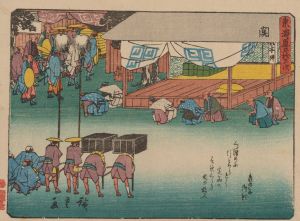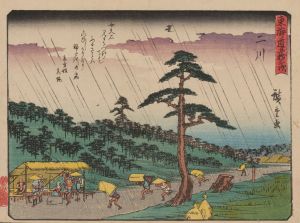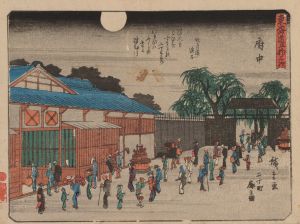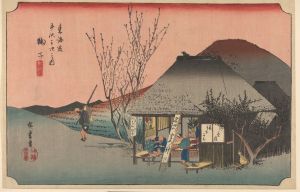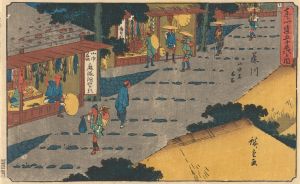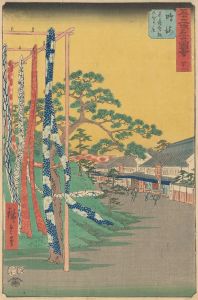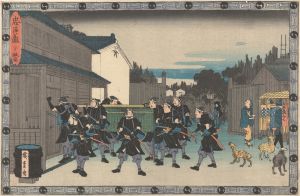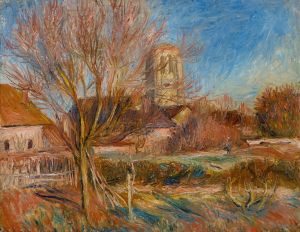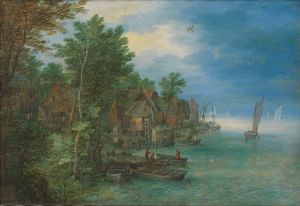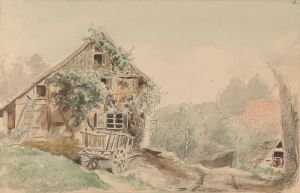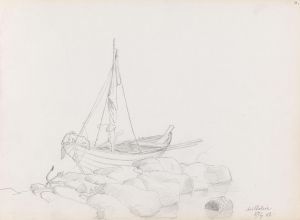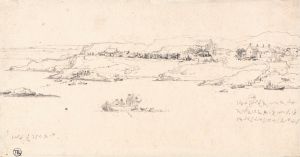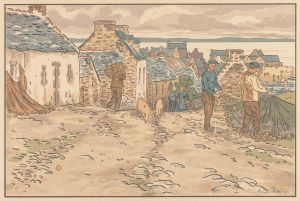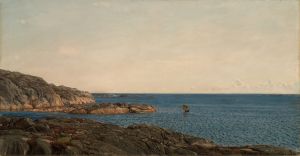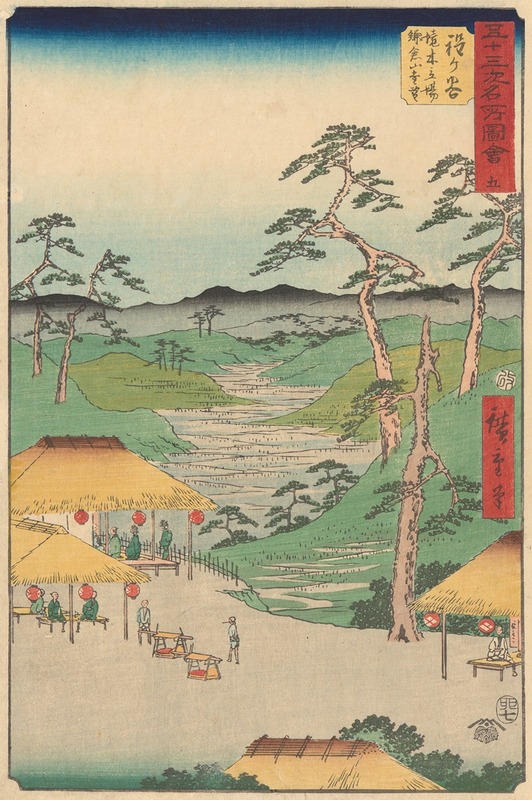
Hodogaya
A hand-painted replica of Andō Hiroshige’s masterpiece Hodogaya, meticulously crafted by professional artists to capture the true essence of the original. Each piece is created with museum-quality canvas and rare mineral pigments, carefully painted by experienced artists with delicate brushstrokes and rich, layered colors to perfectly recreate the texture of the original artwork. Unlike machine-printed reproductions, this hand-painted version brings the painting to life, infused with the artist’s emotions and skill in every stroke. Whether for personal collection or home decoration, it instantly elevates the artistic atmosphere of any space.
Andō Hiroshige, a renowned Japanese ukiyo-e artist of the Edo period, is celebrated for his landscape prints and series that capture the beauty of Japan's scenery. One of his notable works is "Hodogaya," which is part of the famous series "The Fifty-three Stations of the Tōkaidō." This series, created between 1833 and 1834, depicts the various post stations along the Tōkaidō road, a vital route connecting Edo (modern-day Tokyo) and Kyoto.
"Hodogaya" is the fourth station in this series and is known for its depiction of the tranquil and picturesque landscape that travelers would encounter along the Tōkaidō. The print captures a serene scene with travelers making their way along the road, framed by natural elements such as trees and distant mountains. Hiroshige's use of perspective and composition in "Hodogaya" exemplifies his ability to convey depth and movement, drawing the viewer into the journey along the Tōkaidō.
Hiroshige's work is characterized by its attention to detail and the use of vibrant colors, which were achieved through the woodblock printing technique. This method involved carving images into wooden blocks, inking them, and pressing them onto paper. Each color required a separate block, and the precision of this technique allowed for the creation of intricate and vivid images. "Hodogaya," like other prints in the series, showcases Hiroshige's skill in capturing the essence of the landscape and the atmosphere of the time.
The Tōkaidō series was highly popular during Hiroshige's lifetime and remains one of his most celebrated works. It provided a glimpse into the daily life and travel experiences of people during the Edo period, offering a visual narrative of the journey between two major cities. The series also reflects the cultural and economic significance of the Tōkaidō road, which facilitated trade and communication across Japan.
Hiroshige's influence extended beyond Japan, impacting Western artists such as Vincent van Gogh and Claude Monet, who admired his use of color and composition. His work played a role in the Japonisme movement in Europe during the late 19th century, which saw Western artists drawing inspiration from Japanese art and aesthetics.
In summary, "Hodogaya" by Andō Hiroshige is a quintessential example of the artist's mastery in ukiyo-e landscape prints. It captures the serene beauty of the Japanese countryside and the experience of travel during the Edo period, contributing to the enduring legacy of Hiroshige's work in both Japanese and global art history.





